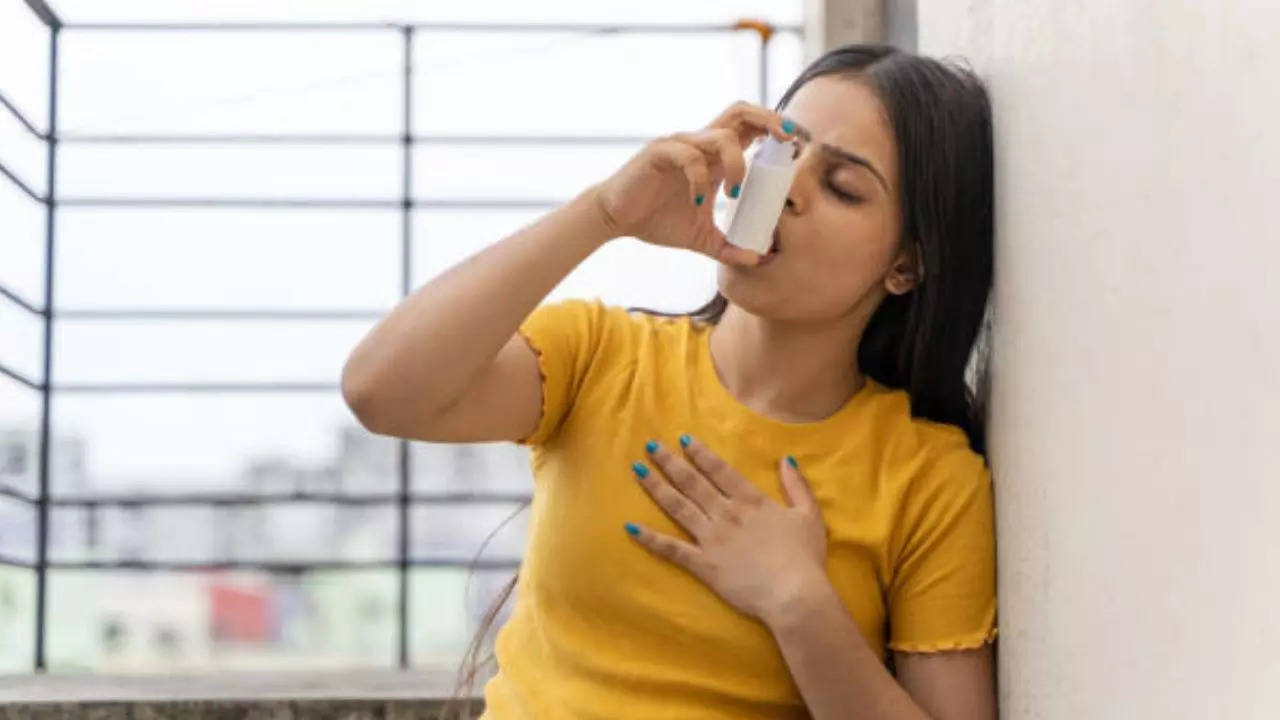Contents
-
news
-
Health
Living with COPD in polluted cities? 8 Expert-Recommended Coping Strategies
Managing COPD in polluted cities can be challenging, but effective strategies like avoiding air pollution, wearing masks, regular medication, healthy diet, and controlled exercise can help. Read on to get expert opinion on how to manage COPD symptoms.

Living with COPD in the toxic air of Delhi? Here’s how to manage your symptoms (Image credit: iStock)
chronic obstructive pulmonary disease COPD (COPD) is a progressive lung condition that makes breathing difficult due to prolonged exposure to harmful pollutants, dust or smoke. For those living in polluted cities, dealing with COPD can be especially challenging. But don’t worry now! We caught up with Dr. Sheeba Kalyan Biswal – Clinical Director Pulmonology, Respiratory & Sleep Medicine, Marengo Asia Hospitals Gurugram, who shared lifestyle changes as well as treatment options that can help patients manage their symptoms and have a better quality of life. Can help in living life.
COPD and its challenges in polluted environment
COPD is a group of lung conditions, including emphysema and chronic bronchitis. It damages lung tissue, airways and causes inflammation. Major risk factors for COPD include smoking, passive smoking, and exposure to environmental pollutants such as traffic fumes, industrial emissions, and construction dust.
In polluted urban areas, the effects of COPD can be significantly worse. Poor air quality increases symptoms like shortness of breath, cough and wheezing, making daily activities more difficult. However, specific strategies can help mitigate these effects.
Main Strategies for Management COPD in polluted cities
1. Limit exposure to polluted air
Avoiding polluted air is important for management copd symptomsPatients should:
– Stay indoors during periods of poor air quality, as indicated by local air quality indices available on apps or websites.
– Use air purifiers at home, especially in bedrooms and living areas, to reduce indoor pollution.
2. Use protective masks
When outdoor activities cannot be avoided, wearing a high-quality mask, such as an N95 respirator, can help filter harmful particles and reduce the amount of pollution reaching the lungs.
3. Avoid physical exertion outside
Vigorous physical activity, such as running or brisk walking in polluted air, can worsen COPD symptoms. Opt for light walks or exercise indoors where the air quality is better controlled. If outdoor activities are necessary, plan them for early morning or late evening, when pollution levels are lower.
4. Follow medication plans
Medications, including inhalers, bronchodilators, and corticosteroids, play an important role in the management of COPD. Patients should:
– Use prescribed medicines regularly and as directed.
– Consult their doctor before making any changes to their medication routine.
5. Maintain hydration and a healthy diet
Staying hydrated keeps the airways moist, which reduces the risk of infection. A balanced diet rich in fruits, vegetables, lean proteins and whole grains provides essential nutrients lung healthAntioxidant-rich foods, such as berries and green leafy vegetables, may help reduce inflammation in the lungs.
6. Exercise in a controlled environment
Exercise is essential to maintain lung function and strength. Activities like yoga, swimming in an indoor pool or light stretching help patients improve breathing without exposing them to external pollutants. Pulmonary rehabilitation programs that combine supervised exercise and education may be particularly beneficial.
7. Quit smoking
Smoking is a major cause of COPD progression. Quitting smoking and avoiding secondhand smoke are the most effective steps to prevent further damage to the lungs. Support groups and cessation programs can help individuals in their journey to leave their addiction.
8. Regular health checkup
Frequent visits to a healthcare provider help in monitoring the progress of COPD and early detection of exacerbations. Regular lung function tests and prompt treatment of worsening symptoms can prevent hospitalization and improve long-term outcomes.
Get the latest news live on Times Now with breaking news and top headlines from around the world.


